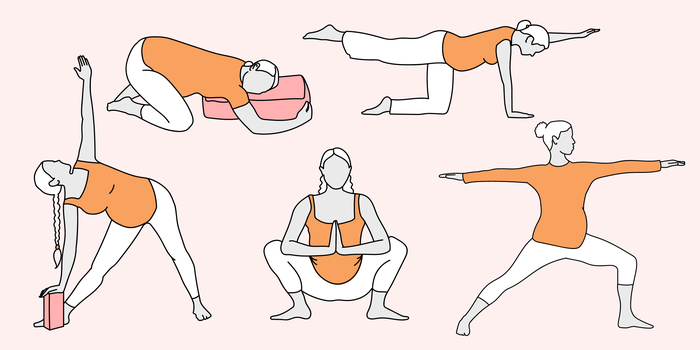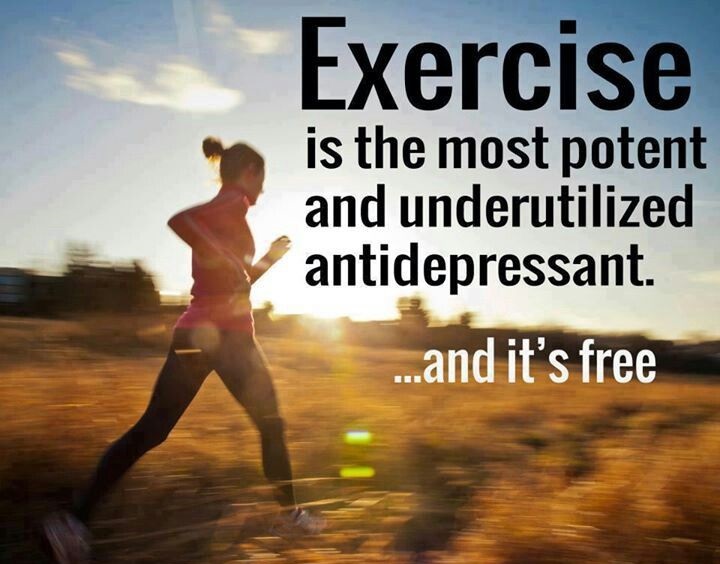
You might have heard of the seated forward, which is an easy way to fart while on a yoga floor. This involves bending your knees to bring your chest towards your knees. While your legs are stretched, you should bend your knees. Stretching your thighs and touching your toes can help you fart. However, this position is not ideal for people who have back problems. Instead, you should try the bent-over posture.
Standing, reach out to your toes and ankles to protect your crotch. By doing so, you will apply pressure to the abdomen and be more likely to fart. If you are unable to do that, the baby foot pose is another option. You can avoid straining your lower back or causing you to bloat by doing this. You can practice this pose with your partner.

The best position to fart is by pressing your butt cheeks together and releasing. It will not stop your farts from coming out but it will help. It can actually make your fart quieter if you hold your bloated butt. Try wriggling your cheeks. This will help to understand your strengths and weaknesses.
You can release excess gas by sitting in quiet places and yoga poses. Many of the yoga positions help release gas, which is crucial for the body to function properly. Some poses are best done in solitude or in a quiet environment. When you're in the middle of a yoga class, you can relax and focus on the pose. It will help to deepen your breathing and allow you the opportunity to let go of any trapped gas.
The best position to fart is to lift your butt. While this may be more comfortable than other positions, it's not always the best position. Using the toilet ottoman is a great way to adjust your pushing posture while seated. In public areas, the toilet ottoman can be used to move from one side of the chair to the other and help you hold your butt in a more natural position.

It is easy to forget your stomach needs gas passage during sleep. Gravity will push gas through your colon when you sleep on your left side. Keep your knees bent while you're seated on your right side. This will make it easier to fart. This position is ideal if you must go to the bathroom often.
FAQ
Do I have the obligation to exercise every day or just on occasion?
No! At least 30 minutes moderate-intensity exercise five days per week is a good goal. It means you need to exercise hard enough or walk fast enough that you are slightly out-of- breath.
Can I consume alcohol while working out?
Yes. Alcohol can increase energy expenditure and speed up recovery, as well as reduce soreness.
Alcohol also increases insulin sensitivity, making it easier to absorb glucose.
Dehydration can result from alcohol, which can affect your metabolism. It also reduces testosterone production, which may decrease muscle-building potential.
It is important that women refrain from drinking alcohol before they exercise. Women who drink heavily should wait at the least 24 hours before exercising.
The best thing for women who are pregnant is to avoid alcohol.
Men should limit their intake to one drink per day.
What is a good 7-day workout schedule?
A seven-day exercise program should consist of three days per week of cardiovascular training (running, biking, swimming), two strength exercises (using free weights, weight machines), and one flexibility/core workout (yoga, Pilates). It is important to complete each activity at least once weekly. Each session should not last more than 45 minutes.
Cardiovascular Exercise: Running/Biking/Swimming
The goal is to get in at least 60 minutes of cardio activities per week. To achieve the best results, aim to exercise for at least 75 minutes each week. Cardio exercises can increase blood flow and stimulate the growth of muscles.
Strength Training
While cardio exercises target the heart and lungs, strength training targets the muscles and bones. Strength training can help you burn calories even when you're not working out.
Flexibility & Core Workouts
You can strengthen your entire body by strengthening flexibility and core exercises. Yoga and Pilates are both excellent choices.
Which workout is best for men?
The answer depends on what you are looking for. Cardio exercises are great for anyone looking to lose weight.
Strength training, on the other hand, is better if you are looking to increase muscle mass.
Both types can be used to improve your overall wellbeing.
If you are looking to lose weight quickly, I recommend HIIT or sprint-interval training. This type training will help you quickly lose fat by increasing your metabolism. This type of training also increases your endurance, allowing you to train even when you are tired.
Eggs good for men
The egg has all the nutrients the body requires. It supports strong bones, healthy heart, lungs, and stable blood sugar.
Eggs are an excellent source of protein, vitamins A, B12, D, E, K, calcium, phosphorus, iron, zinc, copper, magnesium, selenium, and riboflavin.
The egg yolk contains high levels of cholesterol. It does not contain any saturated fat. Eggs have less saturated oil than many other foods.
They are also low calories and sodium. They can also be prepared in many different ways. You can fry, poach, scramble, boil, hard-boil, and bake them.
They are extremely nutritious and simple to prepare.
Each day, you should consume at least 2 whole eggs. Avoid eating eggs.
Our bodies need eggs to provide the essential nutrients they require. Consider adding eggs to your daily meal plan today.
Is Cardio Better Than Strength Training?
Both are equally good. If you want to increase muscle mass faster, cardio is the better option.
Cardio burns more calories in a minute than strength training and more fat.
Strength training helps build muscle mass. But it takes longer than cardio to accomplish this goal.
Statistics
- Are You One of the 20% of Guys (mh.co.za)
- An estimated calorie range for moderately active adult males falls between 2,200 to 2,800 calories per day, depending on age. (eatright.org)
- By John Thompson Take a whopping 38% off a set of PowerBlock Pros. (menshealth.com)
- 10 pounds in a month is likely during a lean bulking phase, especially for beginners. (muscleandstrength.com)
- Get free shipping and 25% off today. (healthline.com)
External Links
How To
How do I lose weight while working out?
Exercise burns calories by increasing metabolism and oxygen consumption.
If you exercise with moderate intensity, you can safely lose weight.
These tips can help you to burn fat while training:
-
Cardio exercises can include running, walking, swimming or cycling.
-
Exercise for 30 minutes three times per week.
-
Add strength training to your workouts if you are looking to lose more weight.
-
Avoid intense exercise. It is possible to build muscle without destroying muscle tissue.
-
When exercising, make sure to drink lots of water. Water helps to flush out toxins from the body and maintains proper hydration.
-
Choose low-fat protein shakes after working out. Protein shakes boost energy and repair muscle tissue.
-
So you don’t feel hungry, eat smaller meals throughout your day.
-
Don't skip breakfast! You can feel tired and slow if you skip breakfast.
-
Mental health is important. Stressful situations can slow your metabolism.
-
Keep a positive attitude. Studies show that overweight people are more likely to be obese than those who perceive themselves as attractive.
-
Get enough sleep. It is harder to lose fat if you don't get enough sleep.
-
Active living is key. Get up every hour and get moving.
-
Maintain a healthy diet. You will feel fuller longer if you eat right.
-
Relaxation is possible by finding ways to relax. An anxious mind won't allow your body release stress hormones, which can lead to the destruction of muscle tissue.
A balanced diet is one that includes all of the essential nutrients required for growth.
You should eat six small meals per day rather than three large ones. This allows your body to properly digest what you have eaten.
To maintain strong bones, you need to consume 500 mg of calcium each day. Calcium can be found as a dairy product such as milk, yogurt and fortified soy drinks, orange juices, cereals, breads, and cereals.
Calcium comes from leafy green vegetables, beans, tofu, nuts, seeds, and cheese.
Vitamin D is essential for calcium absorption. Vitamin D is found in certain fortified foods, such as egg yolk and fatty fish.
Vitamin E plays an important role in skin health. It's found in vegetable oils, wheat germ oil, peanuts, almonds, sunflower seeds, and corn.
Your body requires zinc for normal immune function and wound healing. Zinc is found in oysters, legumes, meats, whole grains, and seafood.
Zinc deficiency may cause fatigue, loss appetite, depression, and impaired immunity.
Sugar intake can lead to insulin resistance which causes blood glucose levels to rise. Insulin resistance causes weight gain.
High levels of free radicals can lead to insulin resistance. Free radicals are molecules that have unpaired electrons, which can cause damage to cell membranes or other parts of your body.
Food additives, pesticides and herbicides, as well as preservatives, smoking and radiation are all sources of free radicals.
Free radical damage can cause cancer, heart disease and diabetes, as well as arthritis, asthma, and other diseases.
Eating a well-balanced diet with antioxidants is the best way to prevent free radical damage. Antioxidants protect against oxidative damage.
Antioxidant vitamins include Vitamin C (found in citrus fruits), beta carotene (found in carrots, sweet potatoes, spinach, broccoli, cantaloupe, apricots, squash, mangoes, peaches, peppers, tomatoes, cabbage, cauliflower, kale, Brussels sprouts, collard greens, watermelon, and strawberries), and Vitamin E (found in nuts, olive oil, avocados, and eggs).
Selenium, manganese (and zinc) are other antioxidant nutrients.
Selenium helps to protect cells against free radicals and oxidative stress. Selenium can be found in Brazil nuts and liver, kidneys, liver, kidneys, shrimp, cod, turkey and lamb as well as chicken.
Copper protects the eyes, brain, lungs, liver, and red blood cells. Copper can be found in shellfish and poultry as well as meat and organ meats.
Manganese plays an important role in bone structure. Manganese can be found in brown rice and spinach as well as bananas, prunes raisins, oatmeal, lentils, and oatmeal.
Zinc is required for normal growth, reproduction and wound healing. Zn is found in lean meats, poultry, white fish and eggs.